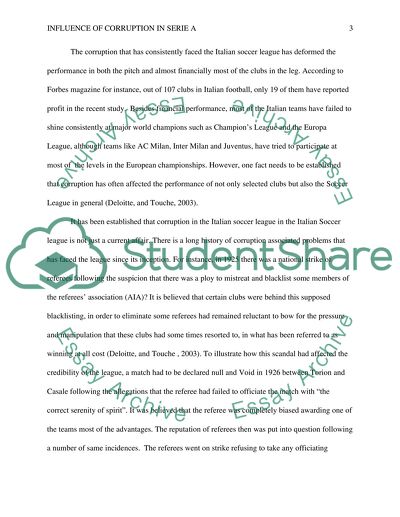Cite this document
(“Influence of Corruption in Italian. Italian Soccer League Research Paper”, n.d.)
Retrieved from https://studentshare.org/english/1475961-what-influence-does-corruption-have-in-the-italian
Retrieved from https://studentshare.org/english/1475961-what-influence-does-corruption-have-in-the-italian
(Influence of Corruption in Italian. Italian Soccer League Research Paper)
https://studentshare.org/english/1475961-what-influence-does-corruption-have-in-the-italian.
https://studentshare.org/english/1475961-what-influence-does-corruption-have-in-the-italian.
“Influence of Corruption in Italian. Italian Soccer League Research Paper”, n.d. https://studentshare.org/english/1475961-what-influence-does-corruption-have-in-the-italian.


